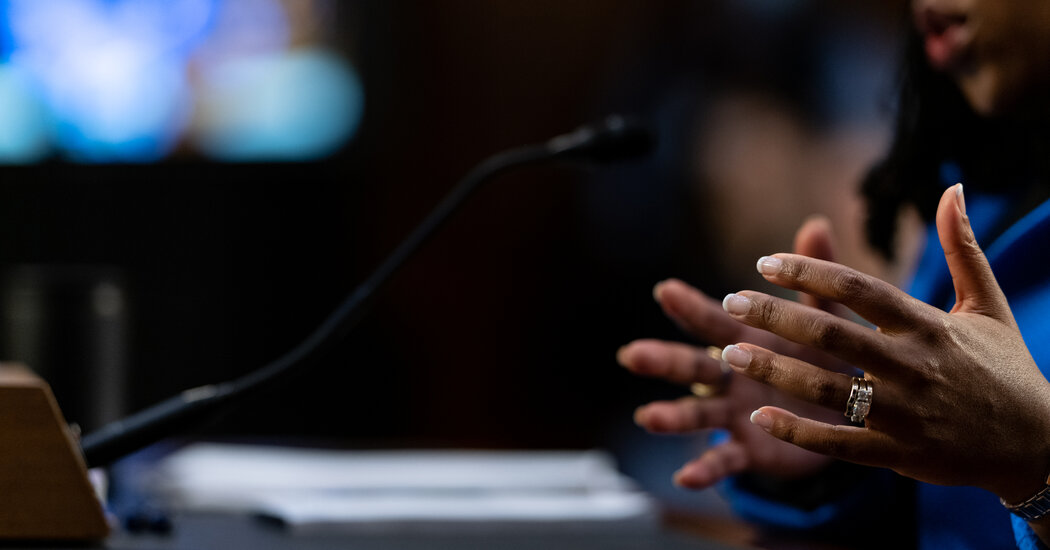In the first set of questions Wednesday morning, Senator Jon Ossoff, Democrat of Georgia, asked Judge Ketanji Brown Jackson to review some of the Supr
In the first set of questions Wednesday morning, Senator Jon Ossoff, Democrat of Georgia, asked Judge Ketanji Brown Jackson to review some of the Supreme Court’s greatest hits among its First Amendment precedents. She gave crisp accounts of rulings on incitement, prior restraints and libel.
There was a subtext to the questions. Two members of the Supreme Court — Justices Clarence Thomas and Neil M. Gorsuch — have called for reconsideration of the foundational 1964 libel decision, New York Times v. Sullivan, which made it quite hard for public officials to sue news organizations and others for libel.
“What started in 1964 with a decision to tolerate the occasional falsehood to ensure robust reporting by a comparative handful of print and broadcast outlets,” Justice Gorsuch wrote in a dissenting opinion last year, “has evolved into an ironclad subsidy for the publication of falsehoods by means and on a scale previously unimaginable.”
Justice Clarence Thomas, for his part, has repeatedly called for the Supreme Court to reconsider Sullivan and rulings extending it, saying they were “policy-driven decisions masquerading as constitutional law.”
Those statements in some ways echoed President Donald J. Trump’s frustration with modern defamation law.
“We’re going to open up those libel laws,” Mr. Trump said on the campaign trail in 2016. “So when The New York Times writes a hit piece which is a total disgrace or when The Washington Post, which is there for other reasons, writes a hit piece, we can sue them and win money instead of having no chance of winning because they’re totally protected.”
Judge Jackson did not address those critiques. But in saying press freedoms “undergird our democracy,” she indicated that she was not likely to join in them.
www.nytimes.com
